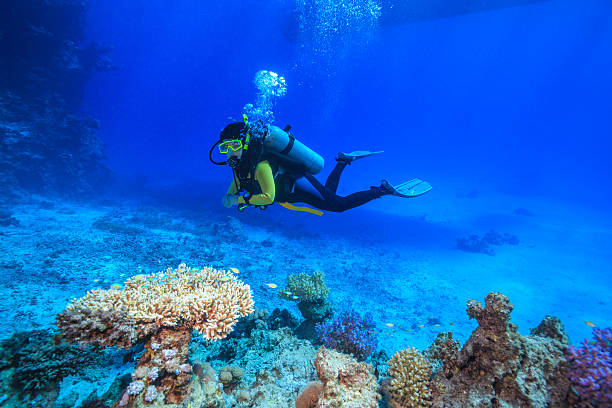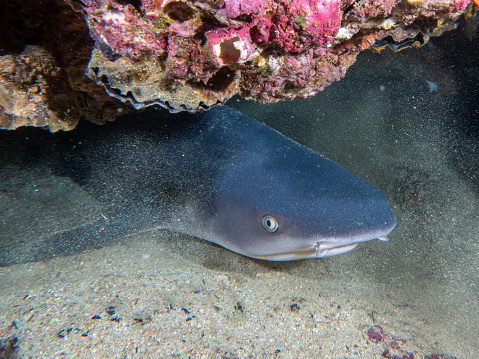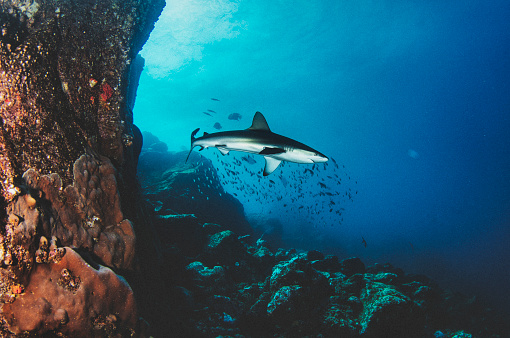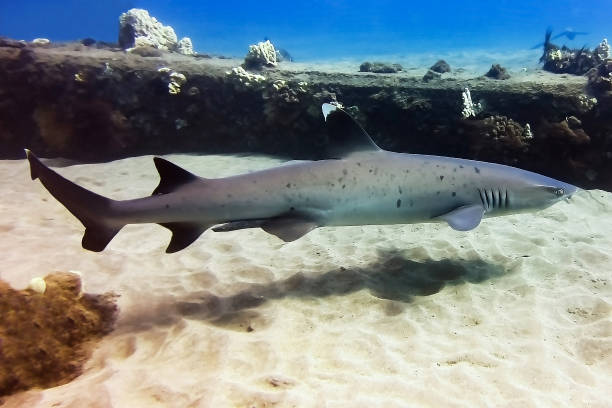is diving and sailing a good combination? We’re frequently asked to plan sailing adventures that combine diving or, sailing-related diving recollections, or diving and sailing memories. We’ll go through what to consider if you’re planning to dive every day with a sailing boat transporting you from dive site to dive site. Indonesia is the world’s largest island nation, and it is home to both gorgeous beaches and thriving marine life. Enjoying the beauty of nature, diving, snorkeling or fishing can be done in one trip through a sailing trip Indonesia.

The best diving spots along the sailing trip Indonesia
The most popular spot to dive is in West Nusa Tenggara is Komodo. Not only is it the land of dragons, but the Pacific and Indian Oceans surround it, providing an infinite supply of sea creatures. Going on a liveaboard is a fantastic way to learn about what lies beneath the waves. For those who are unfamiliar, it is a type of cruise where you can sleep in. Unlike cruises, however, you have the opportunity to dive or swim in the water every day and see marine life in all of its splendour. After 4 or 11 days aboard, you’ll have plenty of stories to tell about your diving cruise Indonesia vacations.
During your holiday in West Nusa Tenggara, luxury liveaboard Indonesia brings you to explore many of the best spots.
Manta Alley
When you arrive at Manta Alley, dozens of manta rays will line up in front, above, and behind you. Manta Alley is a group of small rocky islets located a short distance from the main island. Manta rays can be found practically all year in numerous locations surrounding these rocks. The dive begins on a shallow reef near the beach, where you may expect a strong to moderate drift dive. Mantas can often be spotted right in the shallows, so keep your eyes wide open when you enter the water. The only way to get to this location is to walk along the beach.

The Manta Alley dive location is located on a beautiful and pristine coral reef where you can dive with multiple mantas in one dive. On a nice day, up to 50 mantas may be present. Manta Rays use this location for mating and cleaning, with little wrasse and butterfly fish removing parasites from the mantas.
The cleaning station is around 20 meters from the rocks, where they meet a white sandy bottom, and it’s a fantastic sight to witness mantas gliding into them. Though manta rays are the main draw, Manta Alley is also home to a diverse range of marine life, including reef sharks, schools of trevallies, and enormous wrasses. The corals are very stunning and diverse, making this a fantastic location for marine life photography. Divers will have greater opportunities to swim with numerous manta rays during the rainy season, which runs from December to March.
Diving with Sharks in Raja Ampat
This time, a sailing trip Indonesia will take you to see the amazing underwater world in Papua, Raja Ampat.
Diving with white tip reef shark

One of the sharks commonly seen in Raja Ampat is the white tip reef shark (Triaenodon obesus). During the day, they can be seen resting on sandy bottoms or hiding in caves. They don’t need to move to breathe, unlike most of their cousins, and instead pump water through their gills. Their elongated, narrow body, skin flaps on the sides of their snouts, and, of course, the white tip on their dorsal fins and upper tail lobe make them instantly identifiable. They spend their nights hunting, so if they appear to be lethargic during the day, it’s because they are!
Black Tip Reef Sharks Raja Ampat

The black tip reef shark (Carcharhinus melanopterus) is one of Raja Ampat’s most common sharks. They tend to congregate near the reef and tend to stay in the same location. They feature a bright white band on the side, a white belly, and black tips with white borders on all of their fins. It’s difficult to mix them up!
Approaching black tips is tough since they are exceedingly shy. Allow them to come to you! Keep their trajectory clear by avoiding noise and movements. They’ll most likely continue along the reef and pass right next to you! Just look at their interested expressions.
Raja Ampat’s Grey Reef Sharks

The grey reef shark (Carcharhinus amblyrhynchos) is Raja Ampat’s most imposing “shark-like” animal. They have a more robust build and bolder activity than the other sharks seen here, even though they are usually under 2 meters long. Their dark tail and lack of color on the dorsal fin will also help you identify them. They enjoy swimming in strong currents on reef drop-offs and hunting in large schools of fish.
The grey reef shark is a fascinating creature. They may arrive to observe divers, swimming parallel to the group or returning and forth. It’s possible that ten grey reefs you spotted during your dive were all the same! If they feel threatened, they can adopt an intimidating posture by hunching their shoulders or swinging their arms from side to side. Go away calmly while keeping an eye on the shark!
Exploring Indonesia
Exploring Snorkeling Spot Kri Island Raja Ampat
Seeing the Most of Bali Dive Sites with A Liveaboard Holiday!